High-Efficiency Feed Pellet Machine for Quality Animal Feed
Aug . 24, 2025 02:00 Back to list
High-Efficiency Feed Pellet Machine for Quality Animal Feed
Driving Efficiency in Livestock Production: The Advanced feed pellet machine
The global livestock and aquaculture industries are experiencing unprecedented growth, driven by increasing demand for protein. This expansion necessitates highly efficient and sustainable feed production methods. At the forefront of this evolution is the feed pellet machine, a critical piece of equipment that transforms raw ingredients into nutrient-dense, easily digestible pellets for animals. This article delves into the technical intricacies, market dynamics, and operational advantages of modern animal feed pelletizer machines, providing B2B decision-makers with a comprehensive understanding of their pivotal role in sustainable animal agriculture.
Industry Trends and Market Dynamics
The animal feed market is projected to reach approximately $580 billion by 2027, growing at a CAGR of over 4% from 2022 to 2027. Key drivers for this growth include rising global population, increased meat consumption, and a heightened focus on animal health and feed conversion ratio (FCR). Technological advancements in feed processing, particularly in pelletizing technology, are crucial in meeting these demands. Modern pellet making machine for animal feed units are designed for higher throughput, improved energy efficiency, and enhanced pellet quality, directly impacting the profitability and environmental footprint of feed producers.
Emerging trends include the integration of IoT and AI for predictive maintenance and optimized production schedules, the development of sustainable feed ingredients, and a push towards customized feed formulations. These factors underscore the need for flexible, robust, and technologically advanced animal feed pellet making machines that can adapt to evolving market requirements and ingredient profiles.
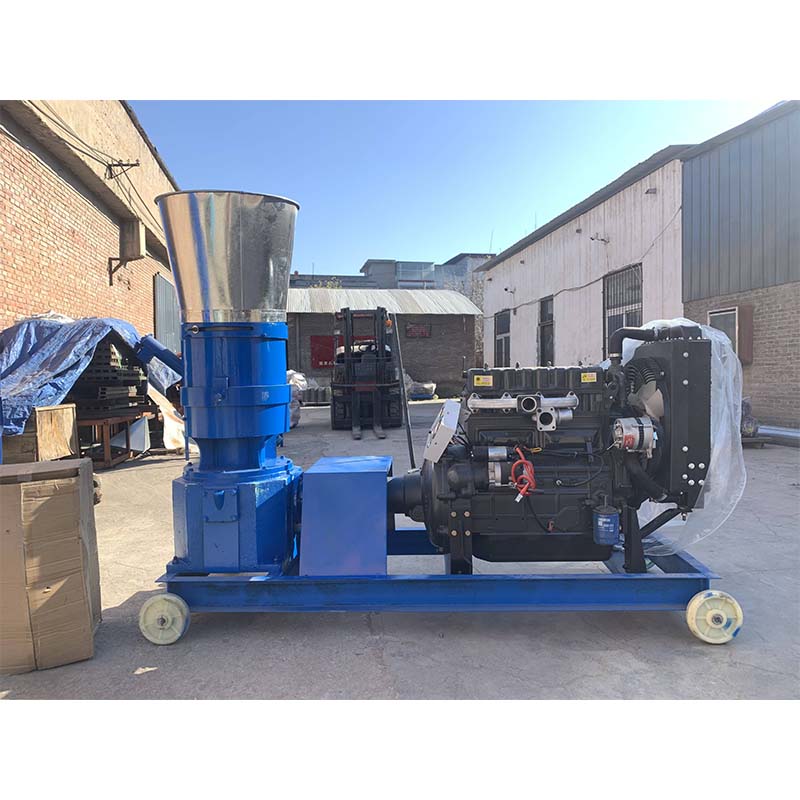
The Manufacturing Process of Animal Feed Pellets
Understanding the operational process of producing animal feed pellets is crucial to appreciating the engineering marvel that is a modern feed pellet machine. This multi-stage process ensures the conversion of raw agricultural materials into high-quality, uniform, and nutritious feed.
Process Flow: From Raw Material to Finished Pellet
1. Raw Material Receiving & Pre-cleaning
Ingredients like corn, soy, wheat, and additives are received, weighed, and cleaned to remove impurities (stones, metal, dust).
↓2. Grinding
Raw materials are reduced to a fine, uniform particle size using hammer mills, ensuring optimal surface area for nutrient absorption and pellet quality.
↓3. Batching & Mixing
Precisely weighed ingredients are thoroughly mixed in a high-efficiency mixer to create a homogeneous feed mash, adhering to specific nutritional formulations.
↓4. Conditioning
The mash is treated with steam in a conditioner to increase temperature and moisture, gelatinizing starches and improving digestibility and pellet durability.
↓5. Pelletizing
The conditioned mash enters the pellet machine for animal feed. Rollers force the mash through a ring or flat die, forming dense pellets of desired size and shape.
↓6. Cooling
Hot, moist pellets are rapidly cooled in a counter-flow cooler to reduce temperature and moisture, preventing mold growth and enhancing pellet hardness.
↓7. Crushing/Crumbling (Optional)
For young animals requiring smaller feed, pellets can be further crushed into crumbles using a crumbler.
↓8. Screening & Bagging
Finished pellets are screened to remove fines and oversize particles, then weighed and bagged for distribution.
The efficiency and quality at each stage significantly depend on the precision engineering and robust construction of the equipment, particularly the core pelletizer.
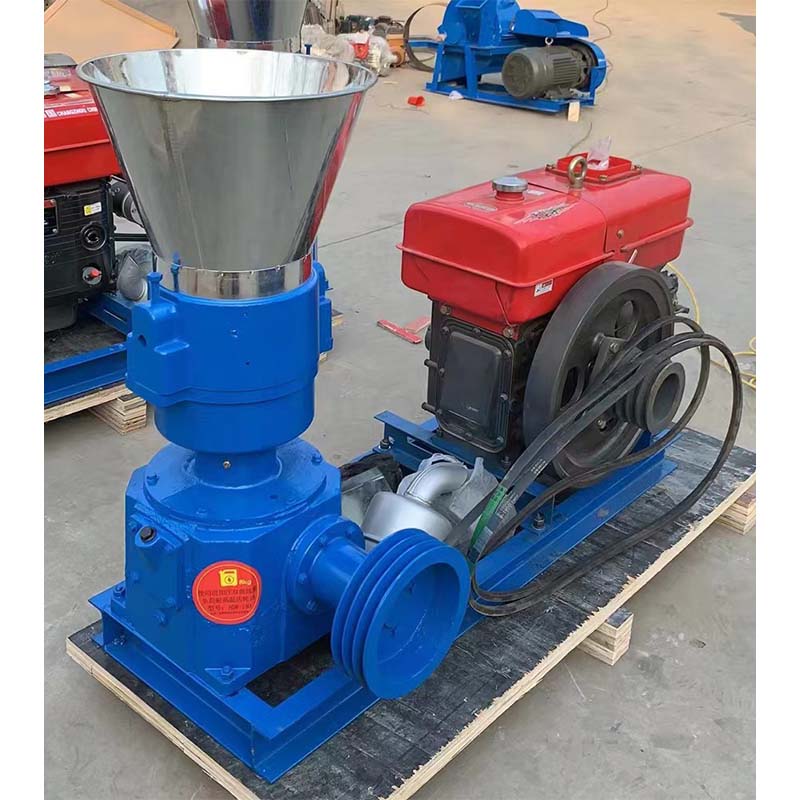
Manufacturing Excellence: Crafting the Animal Feed Pelletizer Machines
The reliability and performance of an animal feed pelletizer machines stem directly from its manufacturing process. High-quality construction ensures longevity, consistent operation, and minimal downtime, critical factors for any industrial application.
Core Manufacturing Stages for a Feed Pellet Machine
-
1. Material Selection & Procurement:
Precision engineering begins with superior raw materials. Components like ring dies and rollers are typically crafted from high-grade alloy steel (e.g., X46Cr13, 20CrMnTi) chosen for their exceptional hardness, wear resistance, and fatigue strength. Structural components, such as the main frame and gearboxes, utilize robust cast iron or carbon steel, selected for their mechanical properties and damping capabilities.
-
2. Precision Casting and Forging:
Large structural elements of the pellet machine for animal feed, such as the main chassis and critical housing parts, are often produced through advanced casting techniques (e.g., sand casting, investment casting). This ensures complex geometries with high dimensional accuracy and internal integrity. Key stress-bearing components, including shafts and certain gear elements, undergo forging to enhance their grain structure, resulting in superior strength and impact resistance.
-
3. CNC Machining:
Modern `animal feed pellet making machines` rely heavily on Computer Numerical Control (CNC) machining. This highly precise method is used for manufacturing critical components such as dies, rollers, shafts, and gear teeth. CNC machining ensures micron-level tolerances, exceptional surface finish, and perfect alignment, which are vital for efficient pelletization, reduced wear, and extended service life.
-
4. Heat Treatment & Surface Finishing:
Components subjected to high wear, particularly dies and rollers, undergo rigorous heat treatment processes such as carburizing, nitriding, or quenching and tempering. These processes enhance surface hardness, improve wear resistance, and optimize core toughness. Various surface finishes, including polishing and anti-corrosion coatings, are applied to protect parts from environmental degradation and extend operational life.
-
5. Assembly and Quality Assurance:
Skilled technicians meticulously assemble the machine, following strict engineering schematics. Each sub-assembly and the final product undergo comprehensive quality assurance checks. This includes dimensional verification, functional testing of mechanical and electrical systems, noise and vibration analysis, and performance validation against design specifications. Compliance with international standards such as ISO 9001 for quality management and ANSI standards for mechanical design is strictly adhered to.
The typical service life of a well-maintained industrial feed pellet machine can exceed 15-20 years, with critical wear parts requiring periodic replacement. The robustness derived from these manufacturing processes makes these machines suitable for demanding continuous operation in large-scale feed mills and agricultural enterprises.
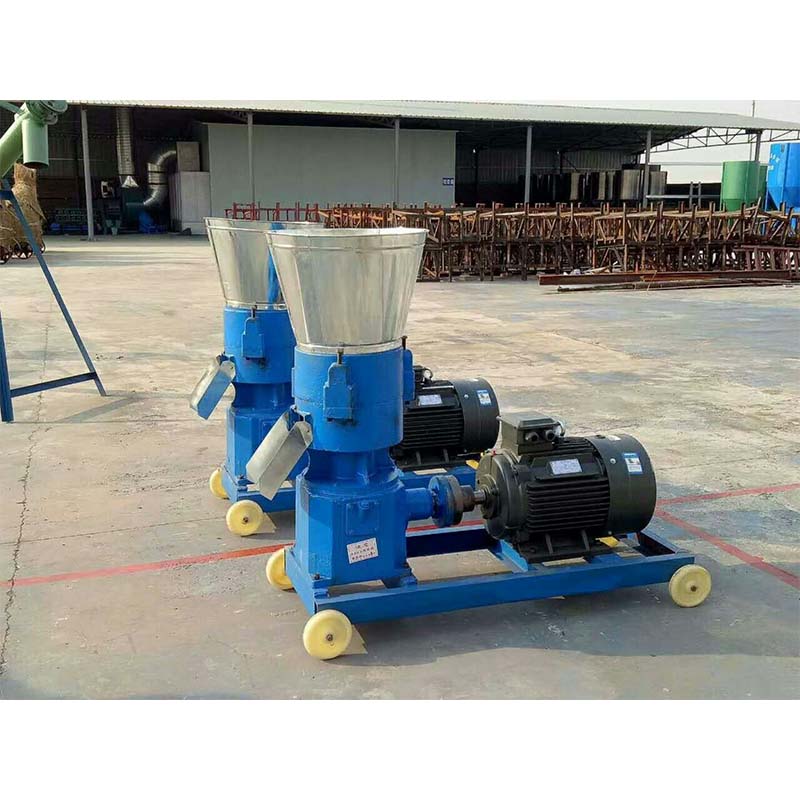
Technical Specifications and Performance Parameters
Selecting the right feed pellet machine requires a detailed understanding of its technical specifications and how these parameters translate into operational efficiency and pellet quality.
Key Specifications for Animal Feed Pelletizer Machines
Understanding these parameters allows feed producers to make informed decisions, optimizing their investment for maximum return. For instance, a higher PDI reduces fines and waste, while lower energy consumption directly translates to reduced operational costs for any pellet making machine for animal feed.
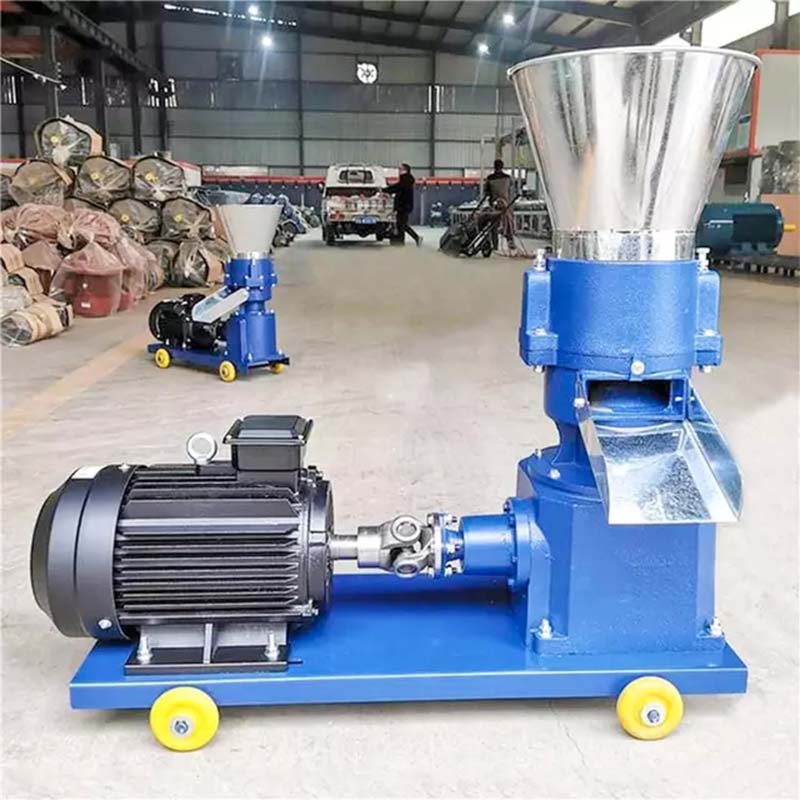
Technical Advantages of Modern Animal Feed Pellet Making Machines
Contemporary animal feed pellet making machines integrate advanced engineering and intelligent control systems to deliver significant operational and economic advantages. These innovations are critical for competitive and sustainable feed production.
Core Advantages Driving Performance:
-
Superior Energy Efficiency:
Advanced gear drive systems (as opposed to traditional belt drives) minimize power loss, achieving up to 98% transmission efficiency. Variable Frequency Drives (VFDs) on main motors allow precise control of pelletizing speed, adapting to different feed formulations and optimizing energy consumption. This results in significant cost savings, often reducing electricity usage by 15-20% compared to older models.
-
Enhanced Pellet Quality and Durability:
Improved conditioning technologies, such as Differential Speed Conditioners (DDC), ensure optimal steam penetration and gelatinization of starches. Coupled with precisely machined dies and rollers made from high-chrome alloy steel, these machines produce pellets with a high Pellet Durability Index (PDI > 90%). This reduces fines, improves palatability, and minimizes nutrient loss during transportation and handling.
-
Robust Construction and Corrosion Resistance:
Critical components are fabricated from wear-resistant and anti-corrosive materials. Stainless steel is often used in conditioners and contact parts, preventing contamination and extending equipment life in humid or chemically aggressive environments. Heavy-duty main bearings and reinforced machine frames ensure stability and longevity under continuous high-load operation.
-
Intelligent Automation and User-Friendliness:
Integrated PLC (Programmable Logic Controller) systems with HMI (Human-Machine Interface) touchscreens provide intuitive control over operational parameters. Features include automatic lubrication, overload protection, and real-time diagnostics, reducing the need for manual intervention, minimizing errors, and enhancing operator safety. Remote monitoring capabilities further streamline management and troubleshooting.
-
Low Maintenance and Rapid Die Change:
Designs that prioritize accessibility and modularity simplify maintenance tasks. Features like external die removal systems and easily accessible lubrication points reduce downtime. Advanced engineering minimizes vibration and wear on critical parts, further extending maintenance intervals and lowering total cost of ownership (TCO).
These technical advantages collectively contribute to higher throughput, superior product quality, reduced operational expenses, and a more sustainable feed production process, making the investment in a high-quality feed pellet machine a strategic decision for B2B enterprises.
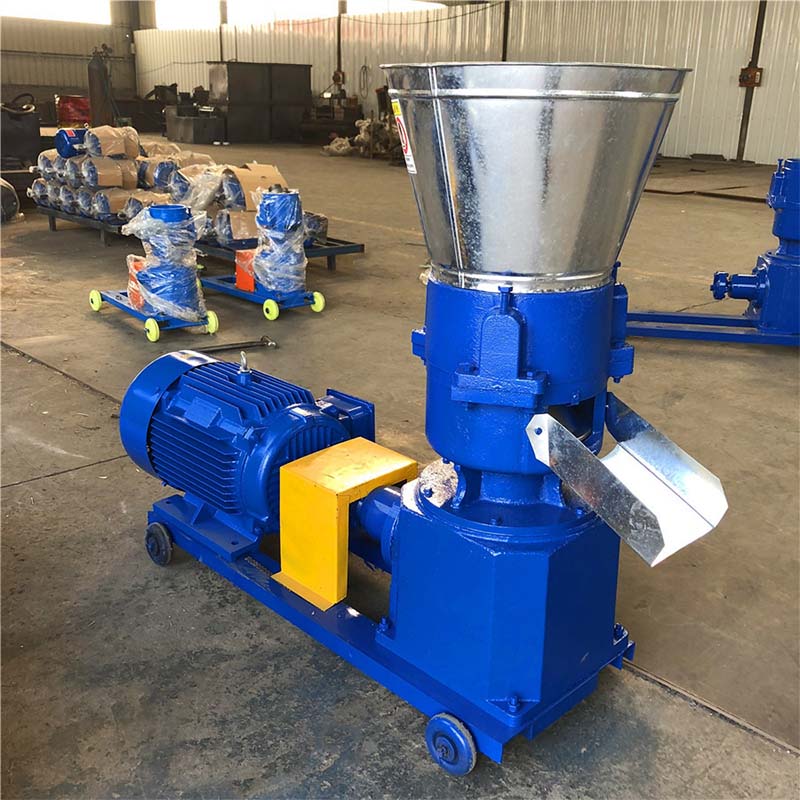
Application Scenarios and Case Studies
The versatility of the feed pellet machine allows its integration into a diverse range of agricultural and industrial settings, each benefiting from its capacity to produce high-quality, uniform feed.
Diverse Applications:
- Large-scale Poultry Farms: Producing broiler, layer, and duck feed with precise nutrient profiles to optimize growth and egg production.
- Aquaculture Feed Mills: Manufacturing floating or sinking feed pellets for fish, shrimp, and other aquatic species, ensuring water stability and feed efficiency.
- Livestock Feed Production: Creating feed for cattle, swine, and sheep, focusing on specific dietary requirements for different growth stages and production goals.
- Pet Food Manufacturing: Producing specialized kibble for dogs, cats, and other companion animals, often requiring intricate formulations and shapes.
- Custom Feed Formulations: Enabling smaller, specialized mills to produce niche feeds for organic farming, exotic animals, or medicated feed applications.
Application Case Study: High-Efficiency Swine Feed Production
Client:
Large-scale Swine Farm & Feed Mill, Midwest USA.
Challenge:
The client faced challenges with inconsistent pellet quality, high energy consumption, and frequent breakdowns with their aging pellet machine for animal feed, leading to increased operational costs and suboptimal animal growth rates.
Solution:
Implementation of a new YizeFeed™ 780 Series feed pellet machine with a gear-driven system and advanced DDC conditioner. This machine was selected for its high capacity (20 T/H), energy efficiency, and superior pelletizing capabilities.
Results:
- Energy Savings: A documented 18% reduction in specific energy consumption (kWh/ton) due to the efficient gear drive and VFD integration.
- Pellet Quality Improvement: PDI consistently above 93%, leading to a 10% reduction in fines and improved feed conversion ratios in swine by 3%.
- Increased Throughput: Achieved and maintained rated capacity of 20 T/H, an increase of 25% over the previous machine.
- Reduced Downtime: Maintenance requirements decreased by 30%, with quicker die changes and improved system reliability.
"The upgrade to the YizeFeed™ pellet machine transformed our feed production. The consistent pellet quality and significant energy savings have directly impacted our bottom line and the health of our livestock. It's a testament to the engineering prowess," commented the client's Operations Manager.
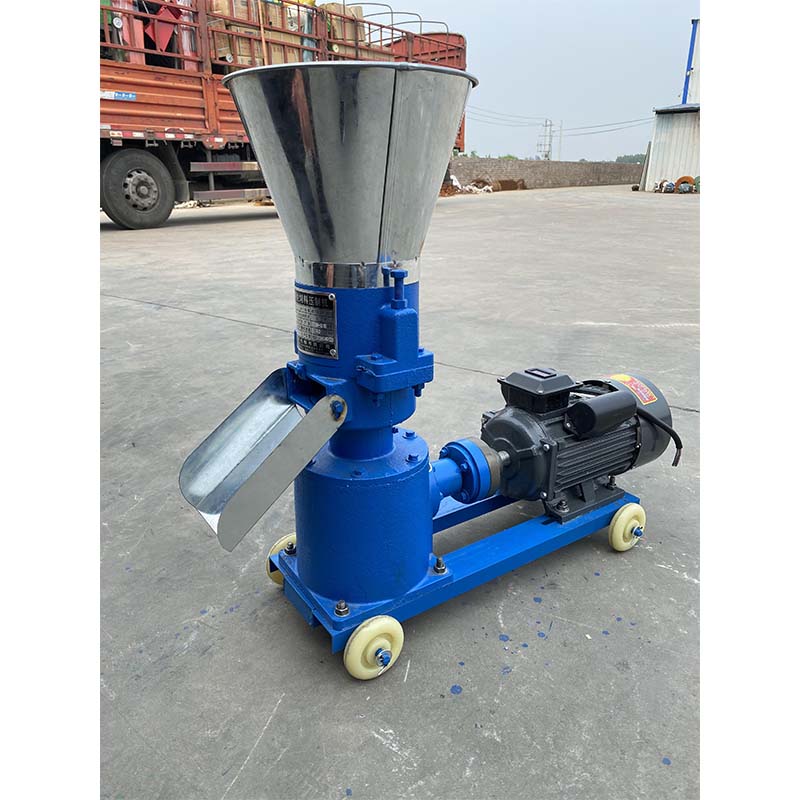
Vendor Comparison and Selection Criteria
Choosing the right manufacturer for a feed pellet machine is a strategic decision that impacts long-term operational efficiency and profitability. It requires a thorough evaluation beyond initial purchase price.
Critical Factors for Vendor Evaluation:
A reputable supplier of animal feed pelletizer machines will offer not just machinery, but also expertise, comprehensive support, and a commitment to innovation, ensuring a long-term, profitable partnership.
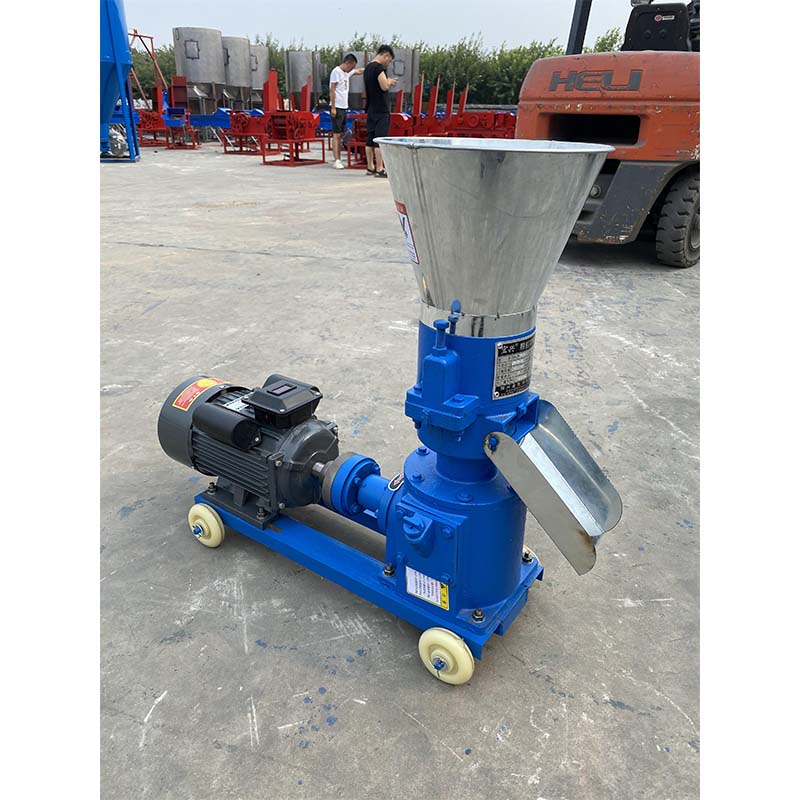
Customized Solutions for Diverse Feed Production Needs
In the dynamic world of animal nutrition, one-size-fits-all solutions are rarely optimal. Leading manufacturers of feed pellet machine understand this and offer extensive customization options to meet specific client requirements.
Tailoring Your Feed Pellet Machine:
-
Die and Roller Configurations:
The die and roller system is the heart of any animal feed pelletizer machines. Customization includes varying die hole diameters (1.5mm to 12mm for different animals), length-to-diameter (L/D) ratios for different feed formulations, and roller types (e.g., dimpled, corrugated) for optimal compression and wear. This allows for specialized production of micro-pellets for young animals, standard pellets for poultry/swine, or large pellets for aquaculture.
-
Conditioner Design:
Depending on the raw materials and desired pellet quality, conditioners can be customized. Options include single-shaft, double-shaft, or Differential Speed Conditioners (DDC) with extended retention times or multiple steam inlets for enhanced gelatinization and sanitation, especially crucial for pet food or aquaculture feeds.
-
Automation and Control Integration:
Integration with existing plant automation systems (SCADA, MES) or standalone advanced PLC control panels with specific HMI interfaces. This can include recipe management, batch tracking, remote diagnostics, and detailed production reporting functionalities.
-
Material Handling and Ancillary Equipment:
Customized material feeding systems (e.g., screw feeders, vibratory feeders), discharge chutes, and integration with downstream equipment like coolers, crumblers, sifters, and bagging lines to create a seamless, fully optimized production flow.
-
Specialized Construction Materials:
For highly corrosive ingredients or specific hygiene requirements, specialized stainless steel alloys (e.g., 304, 316L) can be used for all product contact surfaces, ensuring compliance with food safety regulations and extended equipment life.
These customization options ensure that each `pellet making machine for animal feed` is not merely a piece of equipment, but a tailored solution designed for maximum efficiency, product quality, and return on investment in a client's specific operational context.
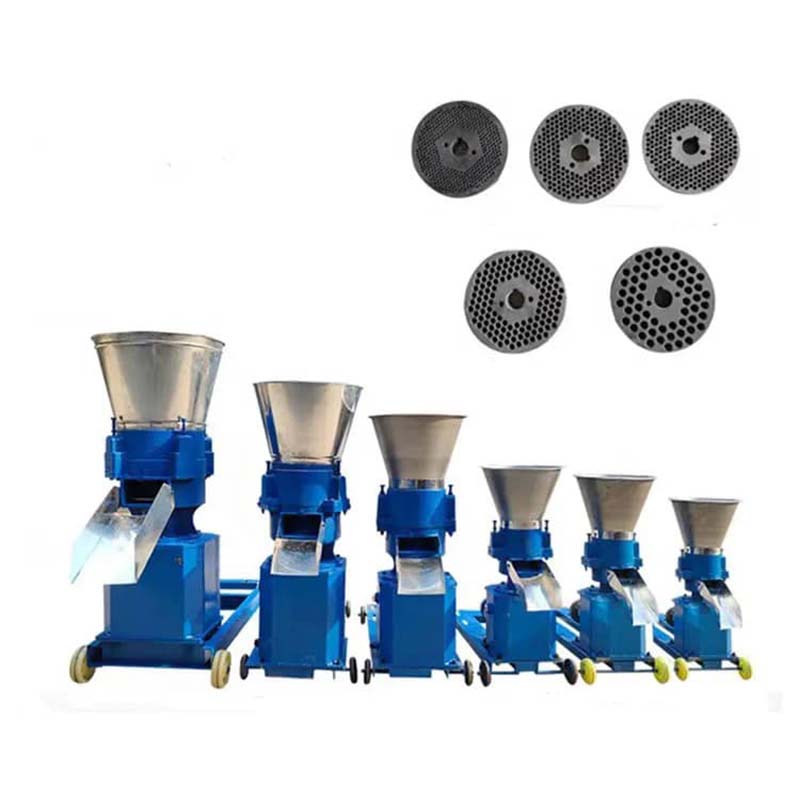
Trust, Transparency, and Support: Our Commitment
Building trust and ensuring customer satisfaction are paramount. Our commitment to excellence is reflected in our certifications, robust support systems, and transparent business practices.
Authoritativeness and Certifications:
Yize Machine operates under stringent quality management systems, holding ISO 9001:2015 certification, ensuring that every feed pellet machine manufactured meets the highest international standards for design, production, installation, and service. Our products are also CE certified, confirming compliance with European safety, health, and environmental protection requirements. With over 20 years of experience in the feed machinery sector, we have partnered with leading feed manufacturers globally, establishing a reputation for innovation and reliability.
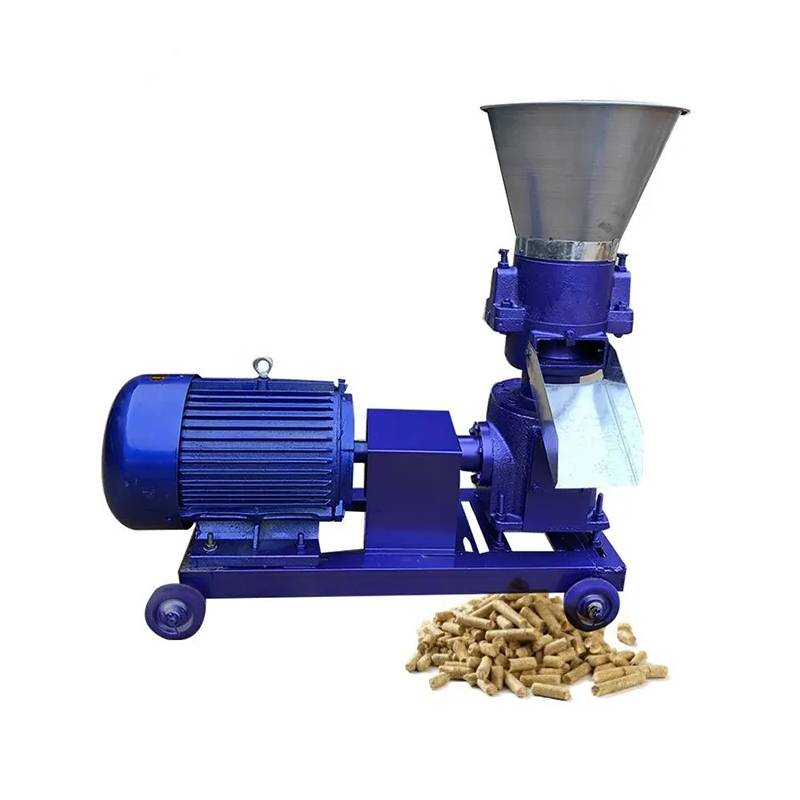
Frequently Asked Questions (FAQ):
A: Our machines are highly versatile and can process a wide range of materials, including corn, wheat, soybean meal, rice bran, alfalfa, fish meal, bone meal, and various additives. The specific die configuration can be tailored to optimize performance for different ingredient mixes.
A: Standard models typically have a lead time of 4-6 weeks from order confirmation to shipment. Customized solutions may require 8-12 weeks, depending on the complexity of the design and specific component procurement. We provide detailed timelines upon quotation.
A: We offer a comprehensive 2-year warranty on all major mechanical components of our feed pellet machine, covering manufacturing defects and material failures under normal operating conditions. Wear parts (dies, rollers) are typically excluded but are available as readily supplied spares.
A: Our dedicated after-sales team provides 24/7 technical support via phone, email, and online platforms. We offer on-site installation supervision, operator training, preventive maintenance services, and prompt delivery of genuine spare parts from strategically located warehouses. Remote diagnostics capabilities are also integrated into our advanced models.
Lead Time & Fulfillment:
Efficient project management ensures timely delivery. Our manufacturing facilities are optimized for rapid production without compromising quality. We maintain strategic inventories of critical components to facilitate quick assembly and dispatch. Detailed project schedules, including manufacturing, quality control, packaging, and logistics, are provided for every order, ensuring transparency and predictability.
Customer Support:
Our commitment extends beyond the sale. A global network of certified service engineers is available for installation, commissioning, training, and troubleshooting. We prioritize rapid response times and effective solutions to minimize any potential operational disruptions. Continuous technical upgrades and advisory services ensure our clients remain at the forefront of feed production technology.

Conclusion
The modern feed pellet machine is an indispensable asset for any progressive animal feed production enterprise. Its role in enhancing feed quality, optimizing operational efficiency, and driving sustainable growth cannot be overstated. By investing in technologically advanced, robust, and well-supported pelletizing equipment, businesses can achieve higher profitability, meet stringent quality standards, and secure a competitive edge in a rapidly expanding global market. The commitment to superior engineering, comprehensive customer support, and continuous innovation ensures that these machines remain central to the future of animal nutrition.
Authoritative References
- FAO Corporate Document Repository. "Feed Technology." United Nations Food and Agriculture Organization.
- American Society of Agricultural and Biological Engineers (ASABE). "Standards for Feed Pellet Durability and Quality."
- Journal of Animal Science. "Impact of Pellet Quality on Animal Performance and Feed Conversion Efficiency."
- International Organization for Standardization (ISO). "ISO 9001:2015 Quality Management Systems – Requirements."
- European Feed Manufacturers' Federation (FEFAC). "Feed Production Statistics and Technological Innovations."
-
Efficient & Sustainable Chick Brooding Cage Systems for Modern Poultry Farming
NewsNov.24,2025
-
Cage for Chick: Optimizing Poultry Care for Global Food Security
NewsNov.23,2025
-
Baby Chicks Cage – Global Solutions for Sustainable Poultry Farming
NewsNov.22,2025
-
Baby Chick Cage: The Essential Guide to Brooding Solutions for Poultry Farmers
NewsNov.22,2025
-
Understanding Square Grain Silos: Global Impact, Benefits, and Trends
NewsNov.21,2025
-
Automatic Feeding Line System-Anping County Yize Metal Products Co., Ltd.|Automated Feeding&Watering
NewsNov.21,2025






